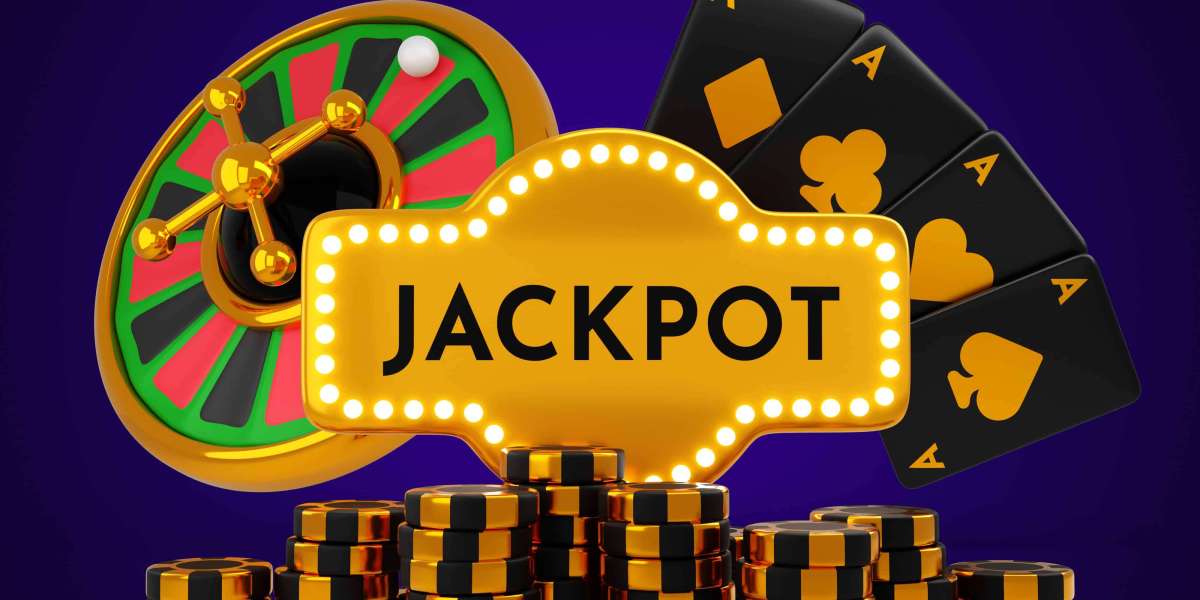Online casinos are booming, and at the heart of every successful platform is a lineup of engaging, high-quality games. But what goes into making a casino game? Is it just coding and graphics, or is there a much deeper process involved?
Creating a casino game—from the first idea to the final launch—is a complex but fascinating journey. It involves creative minds, skilled developers, mathematical modeling, and regulatory checks. Whether it's a flashy slot game, a classic roulette table, or a new-age crash game, the development process follows a structured path. Partnering with an experienced Casino Game Development Company ensures this process is smooth, compliant, and aligned with industry standards.
In this blog, we'll break down the casino game development process, step by step. Whether you're a budding entrepreneur or just curious about the inner workings of the iGaming world, this will give you a clear picture of what happens behind the scenes.
1. Idea Generation & Market Research
Every successful game starts with a strong idea. But it’s not just about being creative; it’s about being strategic too.
? What Happens in This Stage?
Brainstorming themes: Ancient Egypt, space adventure, fruit machines, mythology—ideas are endless.
Competitor analysis: What types of games are trending? What features are players loving (or hating)?
Audience insights: Are you targeting casual players or high rollers? Do they prefer fast-paced action or strategic gameplay?
Monetization planning: How will the game generate revenue—through in-game purchases, ads, or traditional betting mechanics?
This phase helps the development team validate whether an idea is viable and aligns with current market demand.
2. Game Concept & Design Blueprint
Once the idea is locked in, it's time to turn it into a blueprint. Think of this as the game’s “master plan.”
? Key Elements in the Game Design Document (GDD):
Game mechanics: How does the game work? What are the rules?
Math model: The backbone of any casino game. Determines Return to Player (RTP), volatility, and win frequency.
Visual design direction: Initial sketches, UI ideas, animations, and visual themes.
Audio and music planning: Background scores, sound effects for wins, spins, and interactions.
Regulatory compliance notes: Depending on where you’ll launch, different gambling authorities have different requirements.
The GDD keeps everyone on the same page and ensures nothing is left to guesswork.
3. Prototyping & Wireframing
Now comes the phase where the concept starts taking shape visually and functionally.
?️ What Is a Prototype?
A prototype is a rough version of the game. It doesn’t have all the polished visuals or sound, but it shows how the game will behave.
The development team creates wireframes for UI layout.
Basic gameplay features are built to test flow and logic.
The math engine is tested for accuracy.
Early feedback is gathered from team members or test users.
Prototyping helps developers spot issues early—before too much time is spent on visuals and final coding.
4. Game Development: Code Meets Creativity
With the prototype validated, full-scale development kicks off. This stage involves both front-end and back-end development, as well as the integration of artwork and audio.
?? Development Tasks Include:
Writing game logic and implementing the math model.
Creating visual assets: 2D/3D graphics, animations, character designs.
Integrating sound effects and music.
Making the game mobile-responsive for cross-platform play (desktop, tablet, mobile).
Adding user interface elements like spin buttons, bet controls, and balance displays.
This is often the longest phase and usually involves developers, designers, QA testers, and sometimes mathematicians working in sync.
5. Testing, QA & Certification
No matter how good a game looks or feels, it won’t go live until it’s passed strict testing phases.
? Types of Testing:
Functional testing: Ensures everything works as expected (buttons, animations, balance updates).
Math testing: Validates that the RTP and payout behavior align with the game’s math model.
Cross-platform testing: Checks if the game runs smoothly on different devices and browsers.
Security testing: Looks for vulnerabilities or data leaks.
Compliance testing: Ensures the game meets regional and international gambling regulations.
Some jurisdictions require independent labs like eCOGRA or iTech Labs to certify the fairness of your game before launch.
6. Integration with Platforms
Once the game is certified and tested, it needs to be integrated with casino platforms or aggregators. This ensures the game can be distributed to players.
? Integration Includes:
Connecting to the casino’s backend or game server.
Linking up with payment systems, player wallets, and bonus engines.
Ensuring compatibility with player tracking and responsible gambling tools.
Multi-language and multi-currency support (if global launch is planned).
This is where collaboration with platforms or existing operators happens. Many companies also offer games through aggregator platforms, which help distribute games across multiple casinos at once.
7. Launch & Post-Launch Support
Finally, the big moment—launch day! But even after the game is live, the work isn’t over.
? Post-Launch Activities:
Marketing and promotion: Launch campaigns, free spin bonuses, and demo modes help attract players.
Performance tracking: User data is monitored to see how players interact with the game.
Bug fixing: Even with testing, issues may surface after launch.
Ongoing updates: Seasonal themes, new features, or UI improvements can be added later.
Long-term success often depends on how well a game is maintained and marketed post-launch.
Why the Right Development Partner Matters
Not all development teams are equal. A great Casino Game Development Company brings deep industry experience, creativity, and compliance expertise to the table. They know how to create games that are fun, fair, and profitable—while also being technically solid and ready for market distribution.
Some companies even offer full-service packages, from design to platform integration. Others may offer games as part of a white label sportsbook solution, allowing businesses to launch a full-featured gaming platform quickly without building from scratch.
Partnering with a reputable team makes the entire development process smoother, faster, and more successful.
Final Thoughts
Building a casino game isn’t just about making flashy graphics or fun sound effects. It’s a careful blend of creative storytelling, strategic math, high-end coding, and strict compliance. From the very first idea to the final launch, every step plays a critical role in shaping the final product.
As the online casino industry continues to grow, the demand for fresh, engaging games is only going to rise. Whether you're a startup or an established brand looking to expand, understanding this development journey can help you make smarter choices and launch games that truly connect with players.



